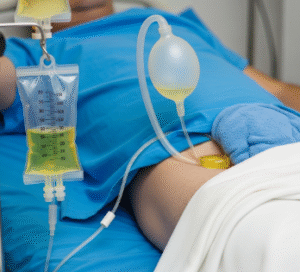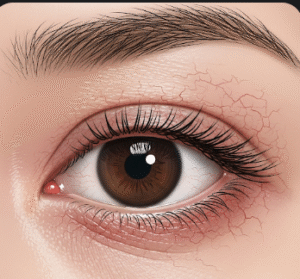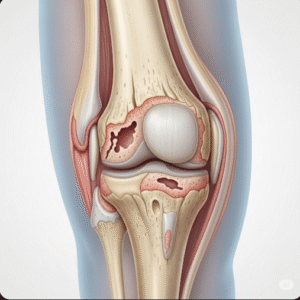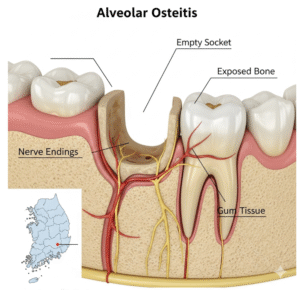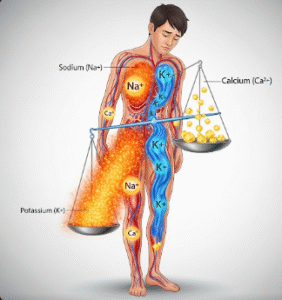Overview
Acute sinusitis, also known as acute rhinosinusitis, is a short-term inflammation or infection of the sinuses, typically lasting less than four weeks. It often develops as a complication of the common cold or upper respiratory infection, leading to blocked nasal passages, facial pressure, and nasal discharge. While usually mild and self-limiting, in some cases, it may require medical treatment.
What is Acute Sinusitis?
Acute sinusitis occurs when the sinus cavities (hollow spaces in the skull around the nose and eyes) become inflamed and swollen, usually due to infection. This inflammation blocks the normal drainage of mucus, causing a buildup that leads to pain, congestion, and pressure. The condition may be viral, bacterial, or occasionally fungal in origin.
Symptoms
Symptoms of acute sinusitis typically appear suddenly and include:
- Nasal congestion or blockage
- Thick, yellow or green nasal discharge
- Facial pain or pressure (especially around the eyes, cheeks, or forehead)
- Headache
- Decreased sense of smell and taste
- Postnasal drip (mucus draining down the throat)
- Toothache (upper jaw)
- Fever (especially in bacterial cases)
- Fatigue or general malaise
Causes
The most common causes of acute sinusitis include:
- Viral infections (e.g., common cold)
- Bacterial infections (less common, often after a viral infection)
- Fungal infections (rare, in immunocompromised individuals)
- Allergies (e.g., hay fever can lead to sinus swelling)
- Nasal polyps or structural issues (such as a deviated septum)
- Swimming or diving (introduces bacteria into the sinuses)
- Dental infections
Risk Factors
Several factors increase the likelihood of developing acute sinusitis:
- Upper respiratory infections (cold, flu)
- Seasonal allergies
- Smoking or exposure to secondhand smoke
- Asthma
- Nasal polyps
- Weak immune system
- Environmental pollutants
- Frequent air travel or changes in air pressure
Complications
Although most cases resolve on their own, untreated or severe sinusitis can lead to complications:
- Chronic sinusitis (lasting longer than 12 weeks)
- Spread of infection to nearby areas (e.g., eyes, brain)
- Sinus abscess (pus-filled infection)
- Meningitis (in rare cases)
- Vision problems (orbital cellulitis)
- Asthma flare-ups
Prevention
You can reduce your risk of acute sinusitis through the following:
- Wash hands frequently to avoid viral infections
- Manage allergies with appropriate medications
- Use a humidifier in dry environments
- Avoid smoking and secondhand smoke
- Keep nasal passages moist with saline sprays
- Avoid contact with people who have upper respiratory infections
- Treat colds promptly to prevent sinus complications
Treatment Options Korea
1. Symptomatic Treatment
- First-line for most viral sinusitis cases (lasting <10 days)
- Includes:
- Pain relievers (e.g., acetaminophen, ibuprofen)
- Nasal saline irrigation to clear mucus
- Nasal decongestant sprays (e.g., oxymetazoline for ≤3 days)
- Antihistamines if allergies are involved
2. Antibiotic Therapy (for Bacterial Sinusitis)
- Used when:
- Symptoms last >10 days
- Symptoms worsen after initial improvement
- High fever, facial pain, or purulent nasal discharge occurs
- Common antibiotics in Korea:
- Amoxicillin-clavulanate (first-line)
- Alternatives: cefixime, levofloxacin, macrolides (for penicillin allergy)
3. Intranasal Corticosteroids
- Used for moderate to severe inflammation or allergic components
- Examples: mometasone, fluticasone
- Often prescribed alongside antihistamines or decongestants
4. ENT Referral and Imaging
- Considered if:
- Recurrent sinus infections
- Symptoms persist >4 weeks despite treatment
- Suspected complications (e.g., orbital cellulitis)
- Sinus CT scan may be performed in ENT clinics or hospitals
5. Surgical Management (Rare for Acute Cases)
- Functional Endoscopic Sinus Surgery (FESS) may be considered for:
- Persistent or recurrent infections
- Anatomic blockage (e.g., deviated septum, polyps)
- Performed by ENT specialists in Korean general and university hospitals
6. Prevention and Lifestyle Management
- Avoid exposure to smoke, pollutants, and allergens
- Use of humidifiers in dry seasons
- Treat underlying conditions like allergic rhinitis or nasal polyps





